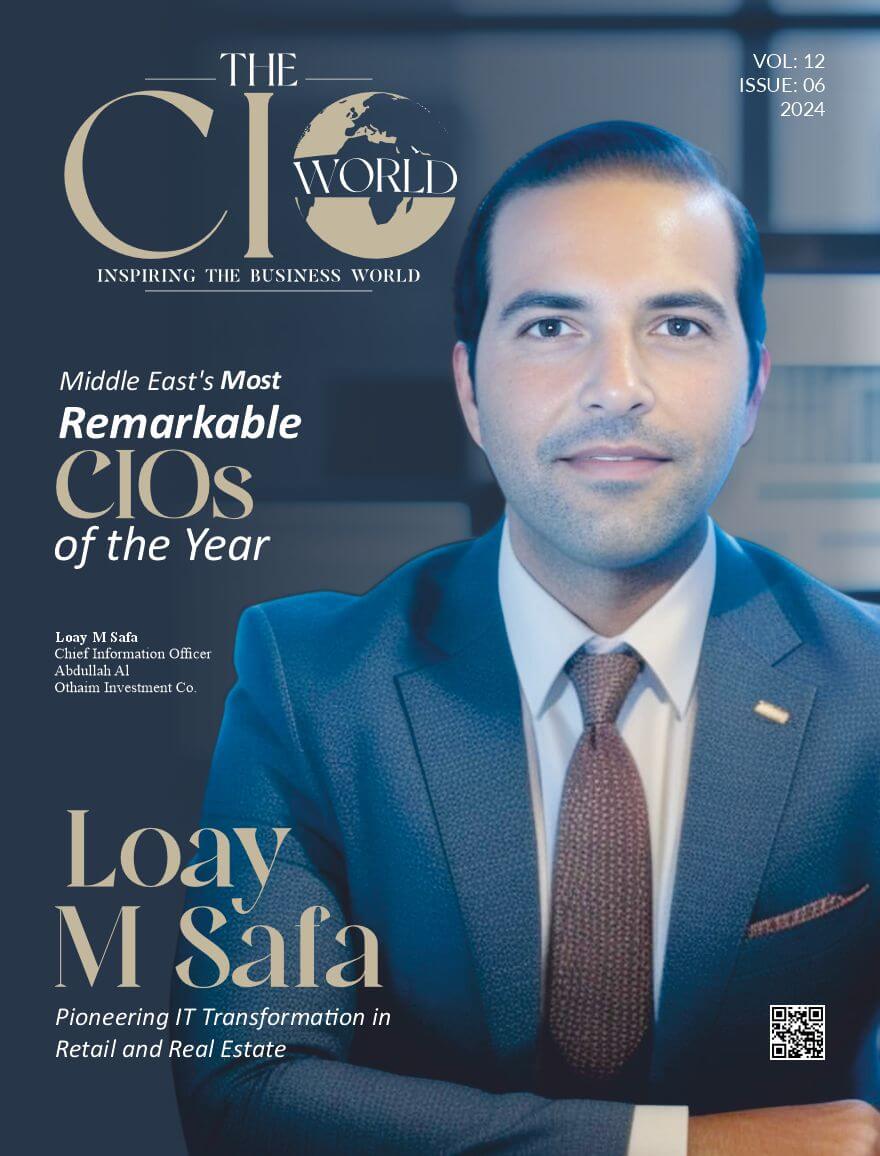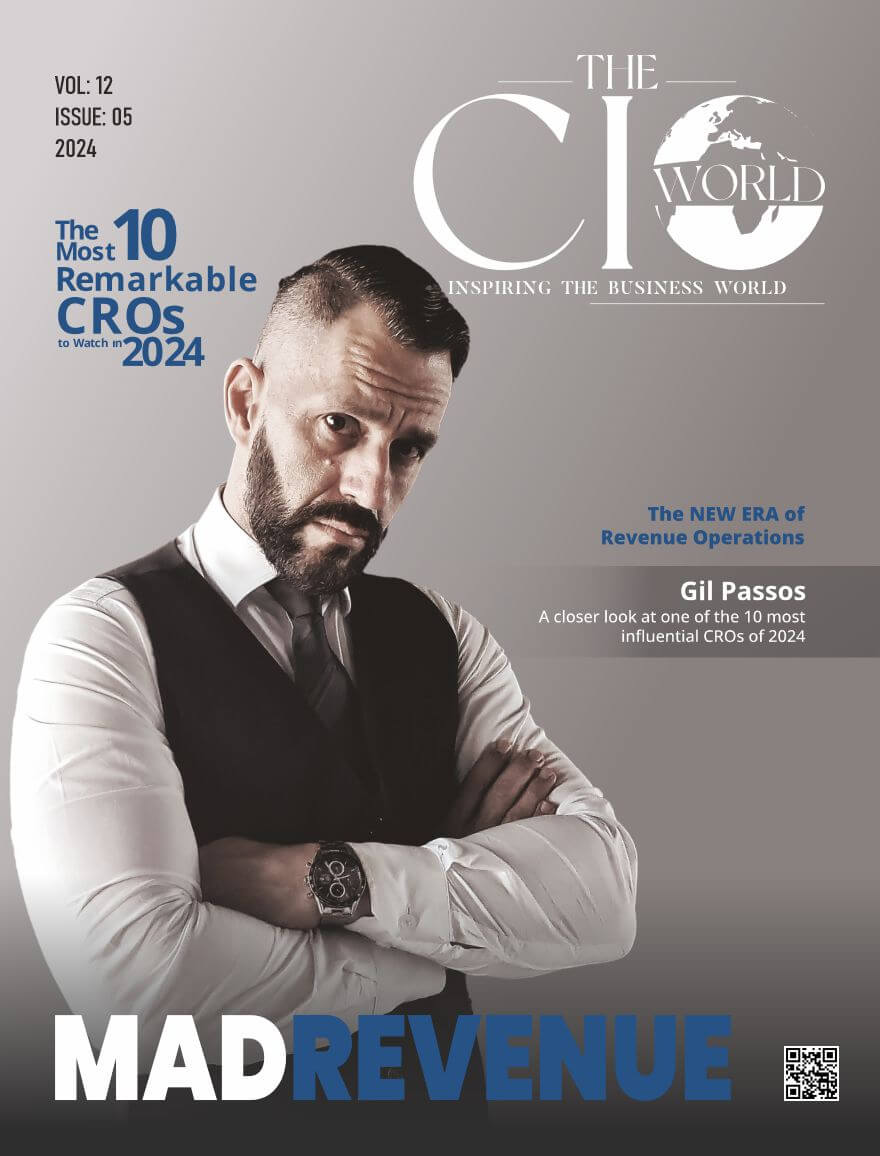Inclusive workplace culture does go a long way in shaping an enviable working environment where all employees feel valuable and respected. Diverse teams do not only result in higher employee satisfaction but improve productivity and innovation. Companies with diverse teams have a likelihood of returns higher than the competitions by 35%.
Let us explore ways of ensuring inclusion within any organization.
What is Inclusion?
Inclusion goes beyond having a diverse workforce. It is a practice that allows a workplace to engage everyone, regardless of their background, in becoming empowered and encouraged to contribute. It actively engages diverse views and voices through facilitating decision-making.
Importance of Inclusion
Many benefits may be attributed to an inclusive workplace. For example, according to McKinsey, organizations that are doing well at diversity and inclusion are nearly 1.7 times more likely to be innovation leaders in their market. In addition, inclusive companies often have lower turnover rates because valued employees are less likely to leave.
Education as a Platform for Building Awareness
Sure, the step has to be, teaching, one of the very first building blocks in the path of an inclusive culture.
Organizations have to provide diversity, equity, and inclusion (DEI) training. The session would teach employees about themselves, one’s biases, and how they can interact respectfully with others. For instance, cultural competency workshops are bound to enhance the awareness of other cultures and ways of communication in an employee’s life. Where employees understand and respect differences, this is bound to promote a friendly workplace.
Training Periodically
Training should not be an event but ongoing. It can include refresher courses or new modules on the prevalent issues of the present on inclusivity. Through continuous workforce training, it can stand by the inclusion’s priority.
Promoting Open Communication
Channels of open communication should be created with the view of creating a level playground. Employees should feel secure in their opinions and feelings, which are neither judged nor retaliated against. This can be achieved through anonymous feedback tools or regular check-ins with employees where their opinions are voiced.
Safe Spaces
Safe spaces allow employees to freely express their feelings about issues concerning diversity and inclusion. This forum goes further to push openness about personal experiences of working in the workplace. Whenever the voices of employees are heard, it increases employee trust and deepens relationships within a team.
Advancement of Inclusive Leadership
Leadership sets the most important element in a workplace culture. An organization should look toward diversifying its leadership team. Diverse leaders bring with them unique perspectives that can change innovation and the way decisions are reached.
Mentorship Programs
Mentorship programs are crucial tools through which diversity is improved within leadership. They will provide the less represented employees with a mentor to guide them in their interaction and learning through the various experiences they encounter in their working lives. This empowers the individuals but also creates a talent pipeline ready to become available in leadership positions.
Implementation of Non-Discriminatory Recruitment Practices
Recruitment plays the most important role in workplace diversity. Organizations should analyze their recruitment processes to minimize biases that tend to disadvantage certain groups. This can be achieved through the use of blind hiring techniques where, for instance, the identity of the applicant is not identified, such as names or addresses.
Employ Diverse Hiring Panels
Diverse hiring panels can also contribute to fair recruitment. The chances that a diversified interviewer background may discover potential in candidates otherwise overlooked are enhanced.
Acknowledgement of Diversity
Acknowledging diversity in the workplace assists in cementing an inclusive culture. Organisations can host events that promote different cultures, traditions, and achievements of various groups in the workforce.
Planning Cultural Events
Cultural events may be hosting food festivals, heritage months, or even educational seminars on other cultures represented by the organization. All of these activities educate the workforce and lead to cohesion and respect among members.
Equal Opportunities for Growth
The workplace is inclusive if all employees have fair opportunities for growth. This could be through promotions, professional development programs, and training materials.
Transparent promotion processes
Promotion and Advancement
Organizations should set clear criteria for promotions and career advancement. Clear processes always ensure a lack of favoritism, and all the employees in an organization have a fair chance of progressing in their careers.
Tracking Progress
A truly inclusive workplace calls for regular measurement of progress in the actual processes. Organizations must set specific goals related to diversity and inclusion and track them over time.
Employee Surveys
Employee surveys help an organization to draw insight on how it has implemented its inclusion policy. With comments and feedback, an organization realizes that inclusion policies require improvement and changes in the strategies for enhancement.
It involves effective engagement from all levels of an organization towards building an inclusive workplace culture. Among these, education, open communication, diverse leadership, fair recruitment practices, celebration of diversity, equal opportunities for growth, and measuring progress are some steps through which organizations can foster a work culture that values every individual.
Only the benefits of such an inclusive culture are clear: employee satisfaction increases, innovation improves, and financial results improve. In a fast-changing work environment, allowing for inclusivity will be the only means toward long-term success. These best practices not only enrich the life of the employee but contribute positively to overall healthiness in the organization as well.







